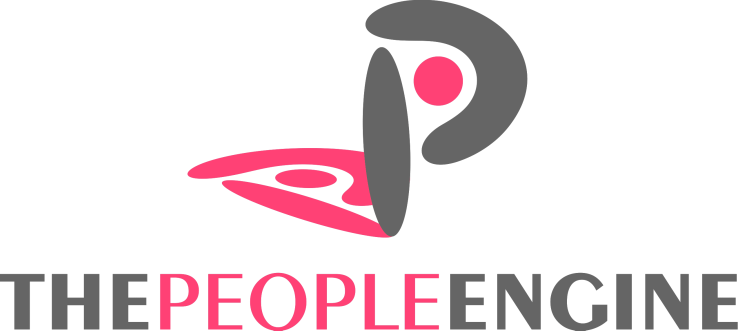As you saw in our last post, there are many mistakes companies make that can set large projects up to fail before they even begin. Losing sight of the purpose, the wrong motives and trying to “eat the elephant in one piece”, were just some of the causes discussed, but there may be a variety of reasons big projects never really take off, or just fall apart at the seams half way through. Today, we want to look at ways conducive to allowing those projects to finish successfully.
One of the central themes to pushing projects to completion seems to center around scalability.
Large changes in procedure or additional functionality don’t seem to move well as a whole piece. We’ve literally seen this in huge feats of architecture, as well — even the great Egyptian pyramids were assembled in smaller (er, size is relative here…) parts. The same principle applies at your company.
So, without further adieu, here are our 5 Ways to Run Large Projects Efficiently!
- Work in Small Steps. Small steps often lead to huge results. Breaking out your project into small, almost micro steps, can make a difference. It may seem like you’ve overanalyzed the tasks that need to be accomplished, but on the contrary – you have actually made it so if something fails, it’s easier to recuperate. This also means you can often release the successful parts, thus showing progress to your stakeholders, while continuing to work on the ones that need more attention. Often, project managers like to see that the past few weeks of your work have resulted in something fruitful, and this allows you to honestly convey a sense of progress, without the incorrect assumption being made that everything is at a standstill. Make it easier on yourself, and your stakeholders by breaking tasks down!
- Invest in Technology. Oftentimes, people cringe when you discuss automation. There is an immediate assumption that jobs will be lost and the cost will be expensive, both of which can be negative outcomes. However, that is not necessarily true, and in the consideration of a large project, technology can really save time and money. It can actually help your employees work more efficiently, and the proper platforms can increase accuracy of their work, as well. Working with automation can be a beautiful thing, and can also speed things along, increasing the likelihood of meeting those deadlines on time.
- Analyze Pain Points. One the most insightful things you can do to get your massive project off the ground is to consider your pain points. I’m not talking just your inconveniences that add a second or two of time per process, I’m talking the ones that leave you with your head in your hands, muttering under your breath on how your business is actually functioning like this. Bingo! There’s one of your top priorities – solving that one, huge pain in your bum. Getting lost in the weeds on the “nice to have” functionality can delay progress and the next thing you know, your project has grown legs and run away, leaving you chasing after it! Prioritizing your main issue will help make sure the focus stays laser sharp, and can increase motivation, as well.
- Empower Your People. Speaking from experience, there is nothing worse than being excited to work on a big, company changing initiative, only to feel gagged by bureaucracy. A good project manager knows that you oversee (but don’t suffocate), and you let employees do their jobs. Part of that is including dialogue as a part of the project. Feeling like you’re a grunt worker with your marching orders who is just supposed to keep their head down is completely demotivating. It’s a great way for your people to feel disconnected from the project and feeling a part of something great. Who wants to work in that environment? After all, the ones with their hands on it the most will see things that may not have been thought about or discussed at the stakeholder meetings that they were more than likely not a part of. Make sure your people feel they have a voice to express concerns, or point out what could be major improvements to the structure of your final product. Who knows, you may end up with changes that take this project from good to amazing.
- Focus on Outcomes. Sometimes, it’s really easy to become married to the way you think something should be done, instead of the issue you’re trying to resolve. Becoming too focused on the path you think your project should follow can really stifle natural growth and progression, both amongst the project itself and those working on it. Staying focused on the outcome of the problem being solved allows breathing room for shifts to occur that may change the way you get to the end, but not the end point itself. Trust that everyone involved is true to the mission, and let go of how exactly it may happen. You may find yourself pleasantly surprised, and allow for more fun in the process.
These are just a few suggestions, but ultimately, breaking large projects down and allowing teams to fulfill their responsibilities in a way that motivates them can go a long way in pushing projects to completion.
After all, at the end of the day, there’s not many feelings greater than being able to look at an issue you helped to resolve and checking it off the list.




